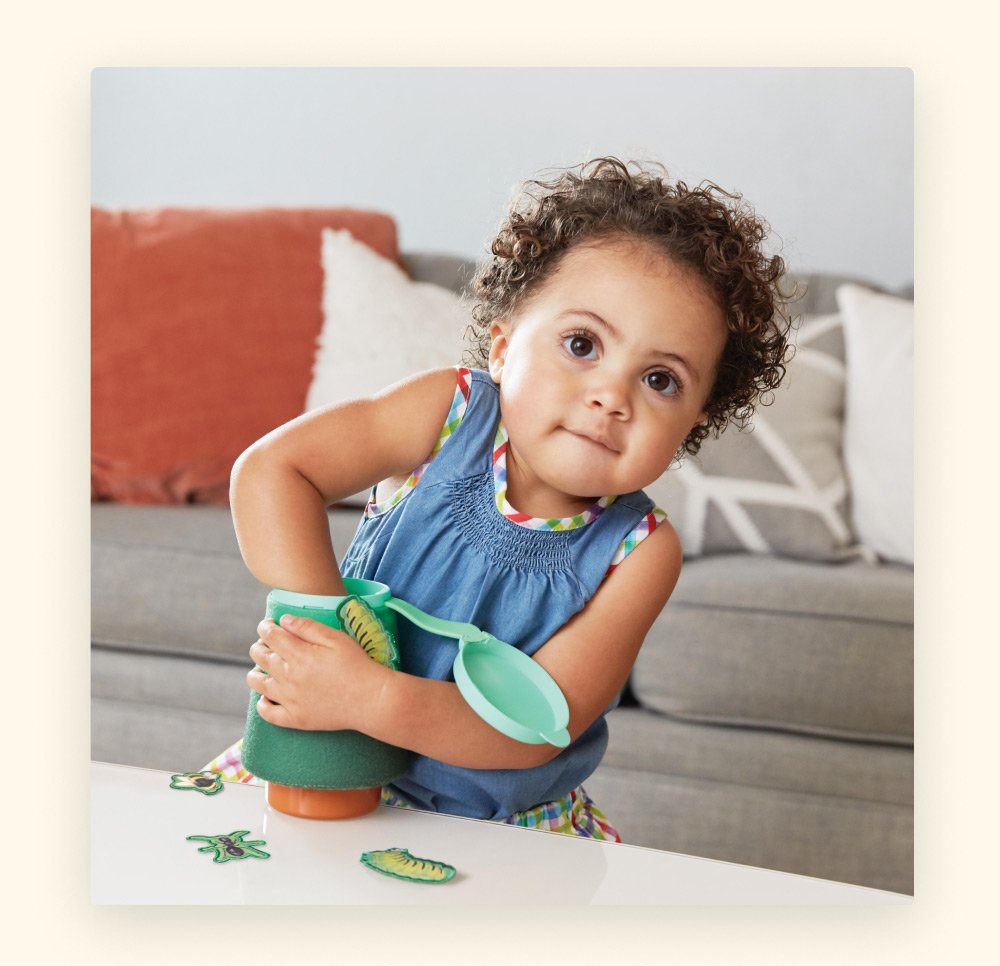What to do when you lose it with your toddler

Every parent has moments when they lose their cool. Your toddler throws yet another bowl of berries on the floor and you say in a voice that’s a little loud and harsh, “UGH, NOT AGAIN.” Your toddler, startled by this loud voice, starts to cry. And you feel terrible.
Just like our toddlers, sometimes we have trouble keeping it together. You aren’t supposed to be perfect—in fact, there are real benefits to losing your cool on occasion. Your toddler learns so much by watching how you handle moments that don’t go the way you’d hoped.
These moments offer a powerful and meaningful opportunity for reconnection. This process is known as “rupture and repair,” and it happens sometimes between parents and their children. A rupture is when the emotional connection between you and your toddler is disrupted, such as when you yell and your toddler becomes distressed or angry. Repair is the process of reconnecting, and it can be surprisingly simple.
4 steps to reconnecting after you lose your cool
Your toddler will experience occasional ruptures in their connections with loved ones and friends. Learning that these moments happen but can be repaired will help them feel safe in their relationships.
Take a moment
When you lose your cool, you’re experiencing dysregulation. Try to take a few moments to get closer to an emotional equilibrium. Breathe deeply. Put your hand on your heart and close your eyes. Walk out of the room and take some space.
Own your reaction and model your regulation
Get on your toddler’s level—sit at the table or down on the floor with them—and tell your toddler what happened and how you are both feeling. “I was so frustrated. I used a loud voice and that startled you.” Try showing them how you calm yourself down. “I’m taking deep breaths to calm down.” Or “When I give myself a hug, it helps me feel calm.”
Comfort them
Tune in to your toddler. Don’t feel pressure to make them feel better right away—it’s okay for them to be upset or angry. Follow their lead, whether they need a hug, a distraction, or just to know you’re nearby. These are the moments of reconnection—showing your toddler that you understand how they are feeling.
Extend the reconnection
If you have the time (and it’s okay if you don’t), try spending a few extra moments doing an activity together once you’re both a bit calmer. Try snuggling with your toddler and reading a book or making silly faces together. Those cuddles and giggles will get the oxytocin—a hormone that helps us feel love—flowing in both of you and reinforce that sense of connection.
Note to parents: If your toddler happens to see you lose your cool or get into a heated conversation with your partner or an older sibling, try to repair your connection with that person in your toddler’s view, too. Your toddler will learn that relationships are important and stable by seeing other people reconnect after a conflict.
Learn more about the research
Tronick, E. Z. (1989). Emotions and emotional communication in infants. American Psychologist, 44(2), 112–119. doi:10.1037/0003-066X.44.2.112.
Feldman, R. (2012). Oxytocin and social affiliation in humans. Hormones and behavior, 61(3), 380-391.
In this post

Book Bundles for The Play Kits
Having the right books at the right time makes all the difference during your child’s early years. Enjoy even more stage-based books—featuring real stories and families—when you add our Book Bundles to your Play Kits Subscription.
Learn morePosted in: 19 - 21 Months, 22 - 24 Months, Bonding, Social Emotional, Attachment, Lovevery App, Parenting, Child Development
Keep reading

19 - 21 Months
Introducing the Wheel Around Town Bus—the newest addition to The Realist Play Kit
Built for the way toddlers play, the Wheel Around Town Bus in The Realist Play Kit taps into your toddler's emerging skills.

19 - 21 Months
22 - 24 Months
Toddler potty training: setting the stage
Learn nine ways to help your toddler get comfortable with the toilet and noticing their body's signals.

19 - 21 Months
22 - 24 Months
Choosing the right potty for your toddler: potty chair vs. potty seat
Your child can potty train using a floor potty or a seat that fits on a regular toilet. Learn the pros and cons of each style.

